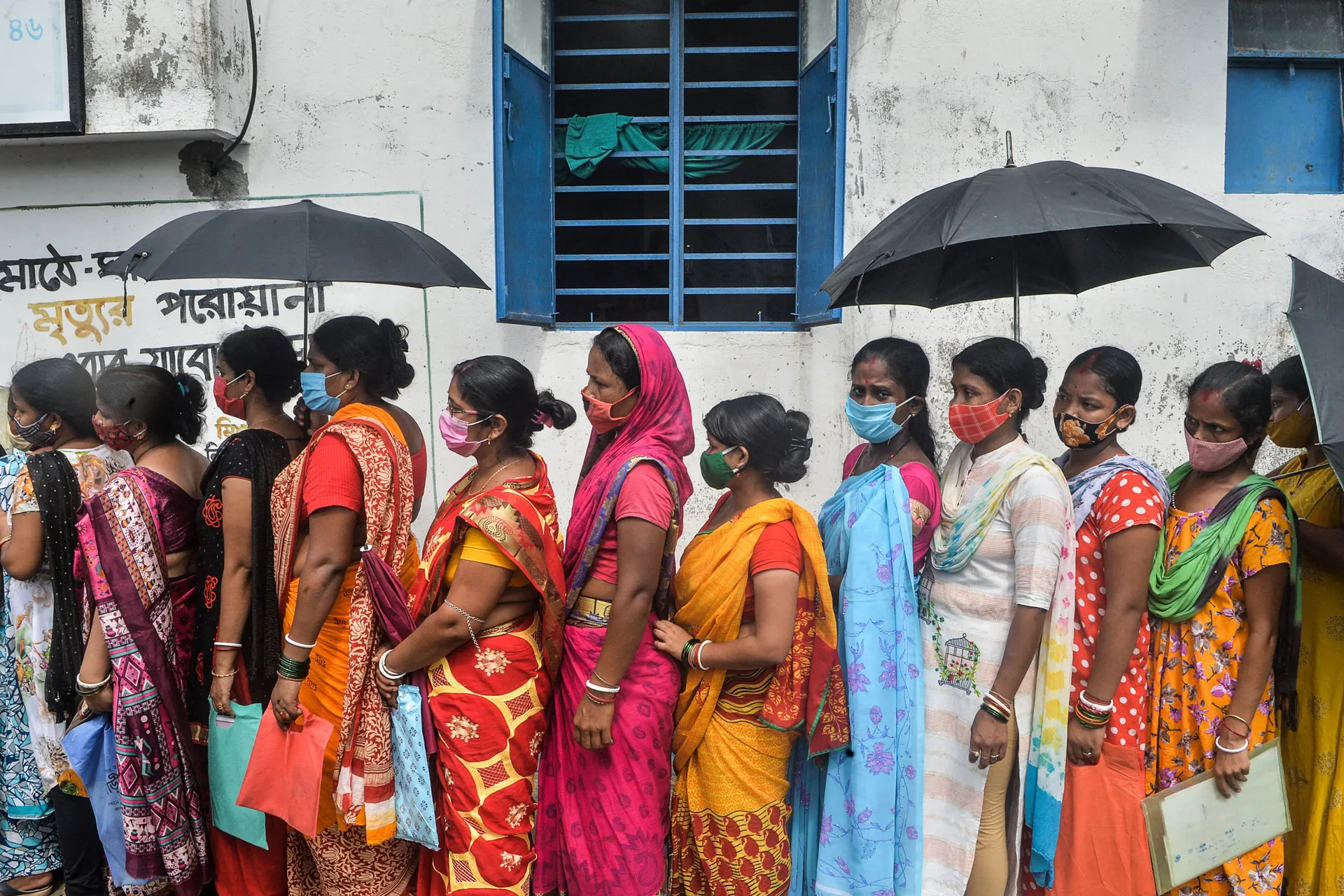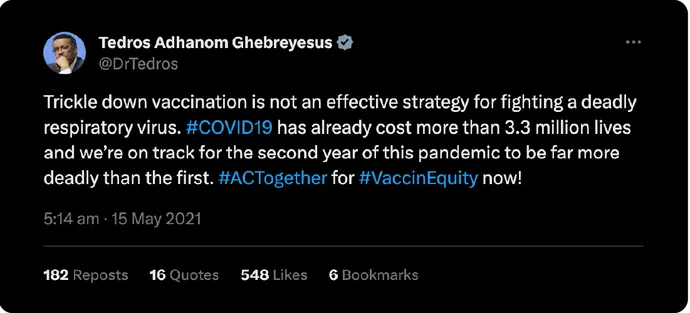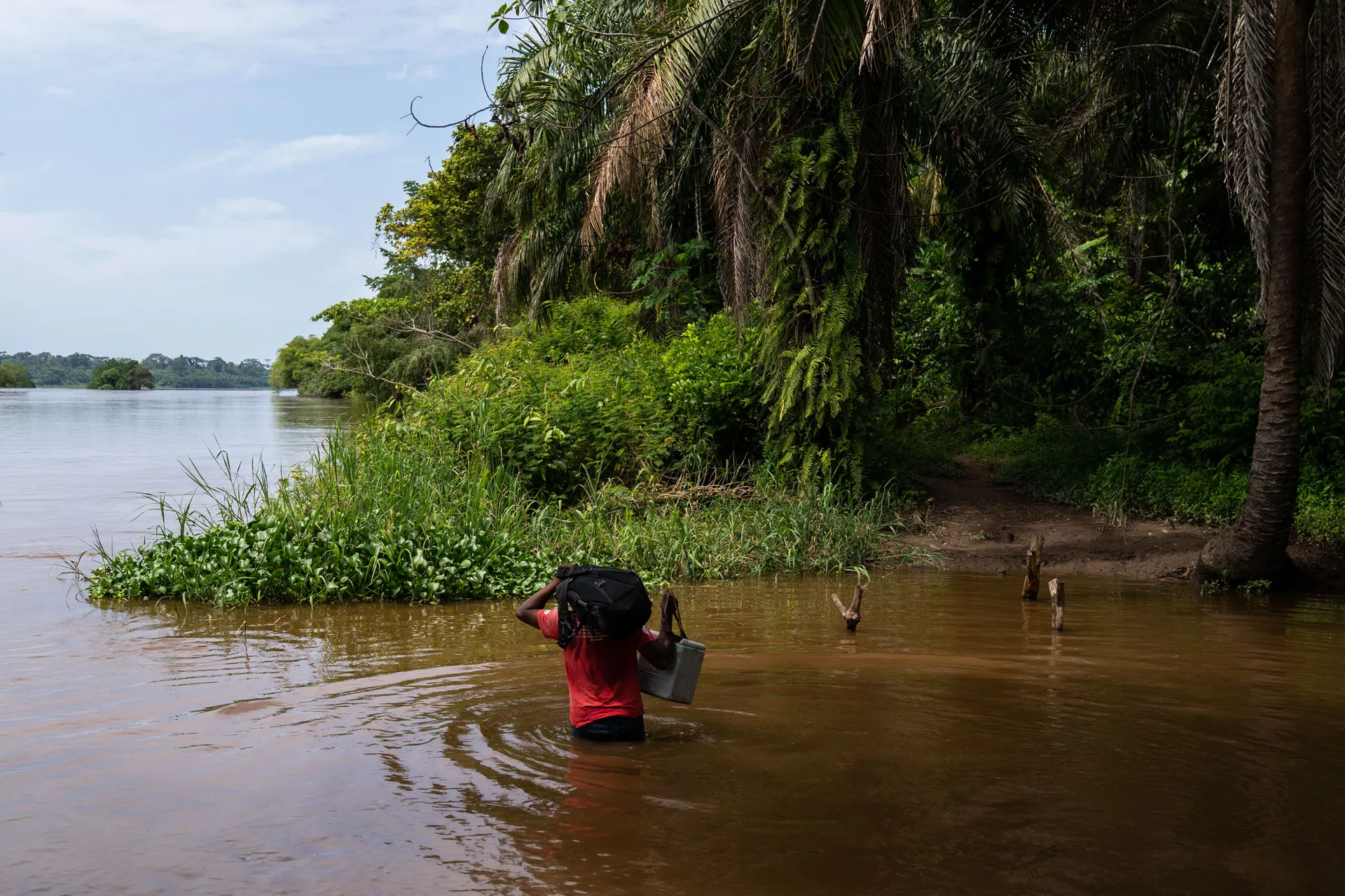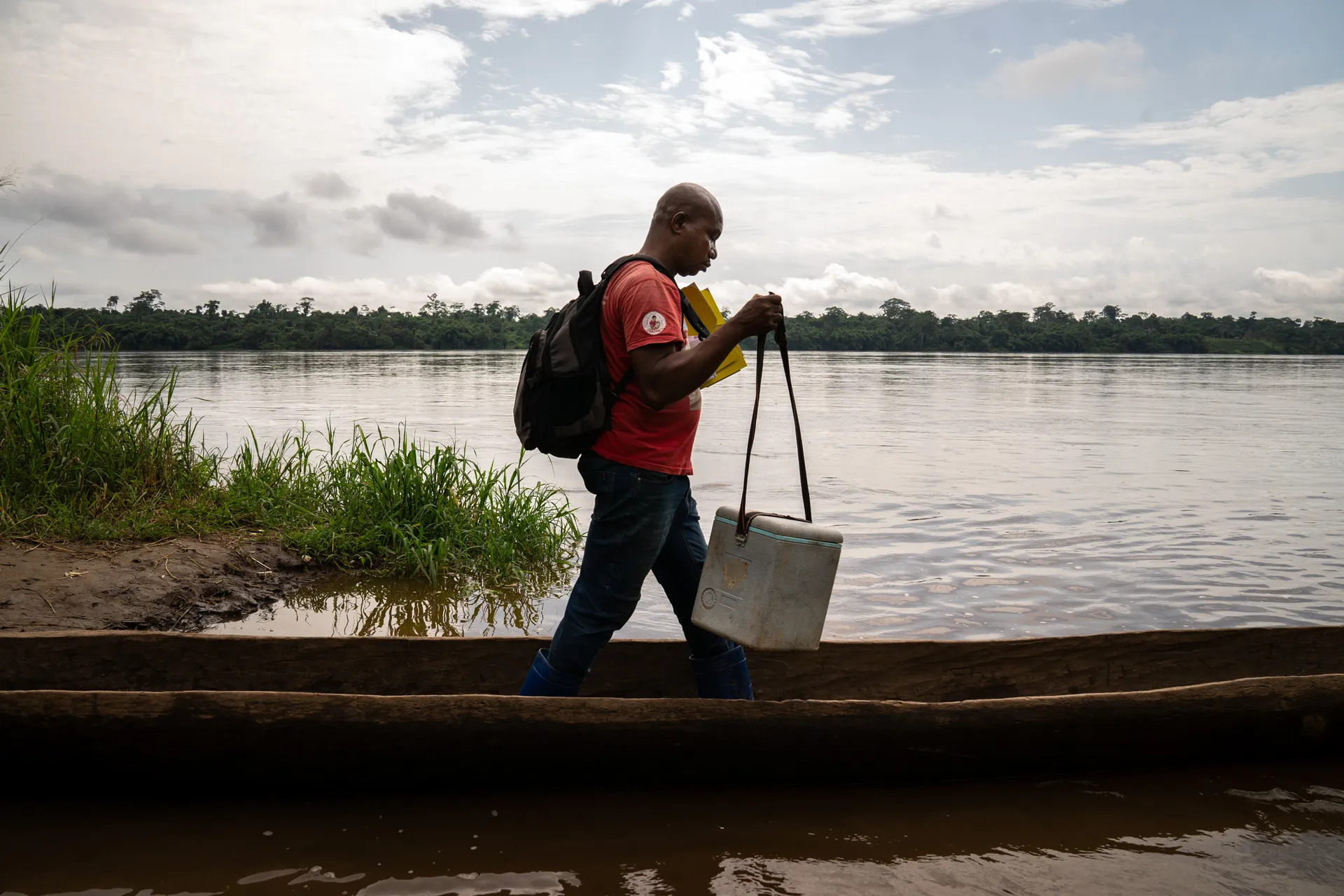Supply
Getting the whole world ready
The COVID-19 pandemic upended daily life. It also placed relentless pressure on public health and supply systems. It demanded an unprecedented effort to ensure newly developed vaccines would get to where they were needed.
This posed an urgent challenge: securing enough supply and setting up systems to reach entire adult populations in a short period of time. This had never been attempted before.
Roadblocks in the journey to global vaccine supply
High-income countries sign early contracts with pharmaceutical companies
High-income countries had a head start in global vaccine supply as they had early funding available and some had national relationships that allowed them to contract more quickly, immediately placing everyone else behind them in the queue. The countries with resources signed contracts for far greater amounts of vaccines than they needed. This vaccine hoarding, plus manufacturers having considerable power to control the limited supply of a product that everyone needed, meant that a country’s place in line depended on purchasing power and commercial connections.
Supply of COVID-19 vaccines by country income group
High-income countries had the ability to procure a far higher supply of COVID-19 vaccines per capita than any other country income group
Before the vaccines came in, we lost a lot of our patients. A lot of people, a lot of friends. And a lot of pregnant women. It’s very heartbreaking to see mother and baby dying.
COVID-19 vaccine doses secured, delivered and administered by country income group (September 2023)
High-income countries saw a far greater number of doses secured, received and then ultimately administered per capita, whilst low-income countries lagged behind the WHO target across all metrics.
Compounding Disparities
Equitable distribution was slowed by glaring disparities between countries in access to vaccines. For months the bulk of available supply was being absorbed by relatively few wealthy nations, creating a situation where supply wasn’t sufficient to vaccinate even high-risk groups in lower-income countries.
It compounded low-income countries' inability to overcome huge logistical challenges as quickly as the emergency required. Cold-chain capacity, the short shelf life of vaccines, each country’s nuanced context and capacity to administer doses presented huge roadblocks. None of these factors were static and kept shifting along with the pandemic.
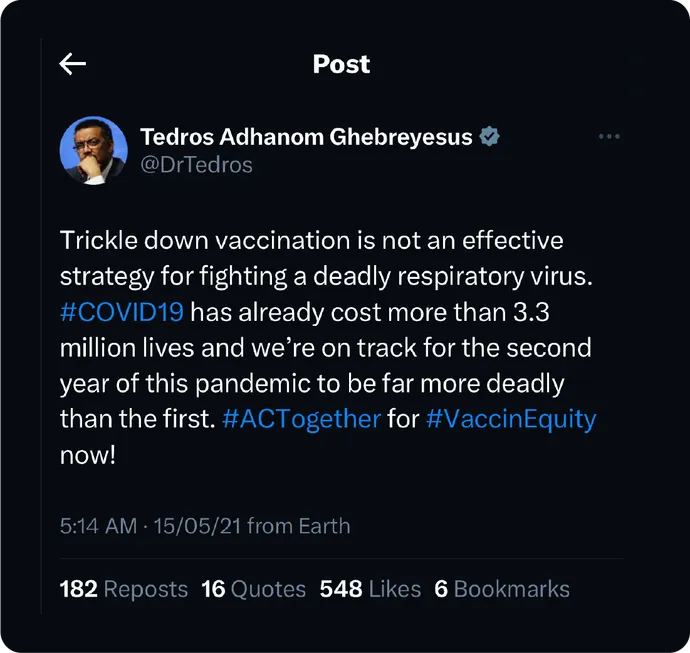
Estimated COVID-19-associated deaths prevented by vaccination in Year 1 - BY INCOME GROUP
8 December 2020 to 8 December 2021
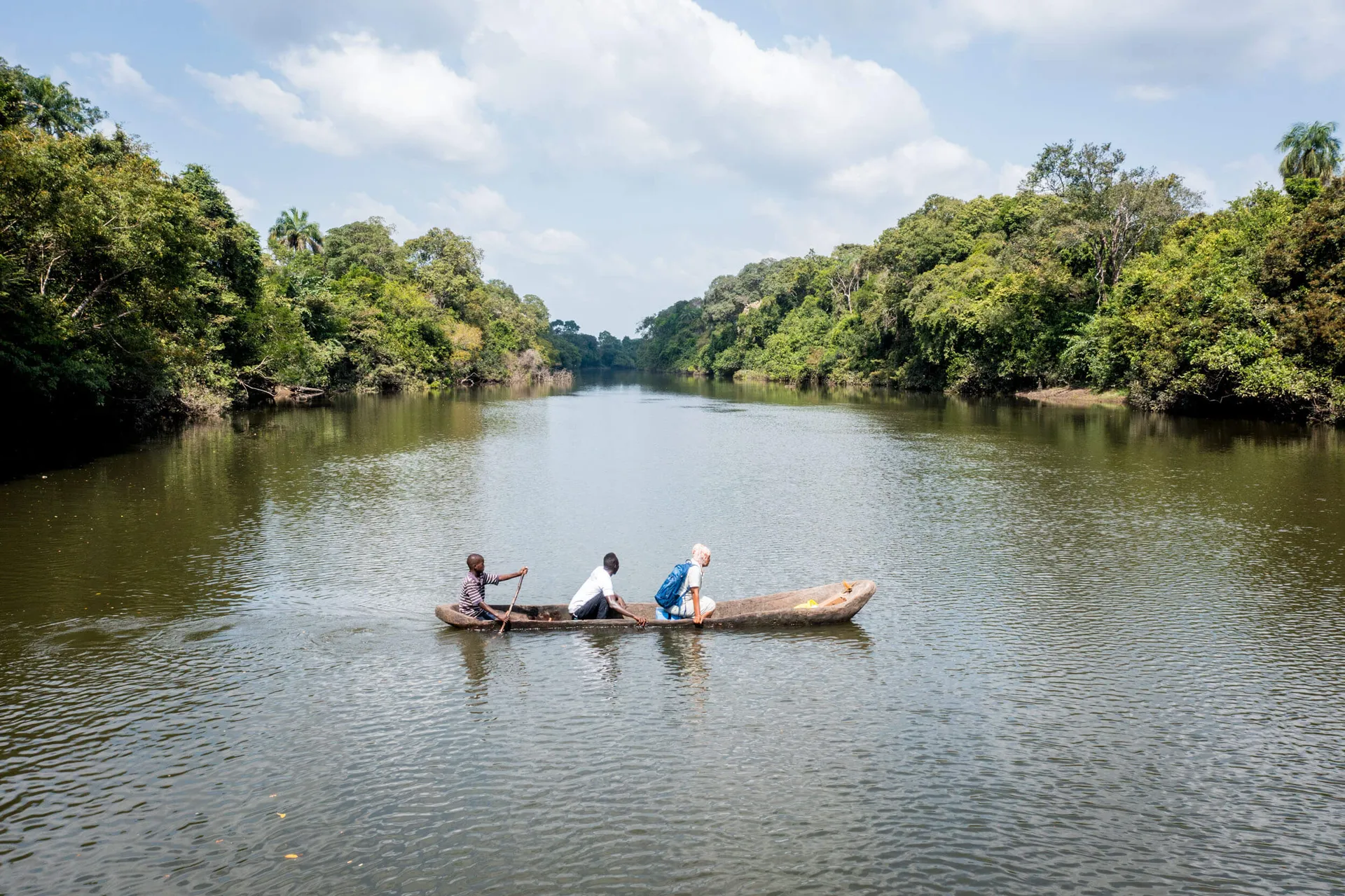
Sierra Leone
Northen Provience
Bombali district
Spikes in domestic demand and the domino effect
Global supply was also immensely dependent on vaccine manufacturers meeting their production and fulfilment targets safely. A scale-up of this speed and magnitude was historic. The world had literally never seen anything like this before.
Manufacturing infrastructure was also vulnerable to the impact of the virus. What happened in March 2021 in India, home to the largest vaccine manufacturing industry in the world, is a prime example. Even as late as February and March 2021, India looked from the outside like it might escape the worst the pandemic could do – while its caseload at the time was high, so was its recovery rate. The number of COVID-19 deaths was low, at least relative to the country’s size and its potential vulnerability. But when the Delta variant arrived, the country was recording 60 000 new cases a day, up from 15 000 a day just a few weeks earlier. The pressure of this new wave meant India suspended its vaccine exports and directed supply from Indian factories to meet the immediate domestic need – although there were signed purchase agreements. With only a handful of vaccines approved and a big part of the world’s supply cut off, most other countries had to wait. All of this forced another unforeseen challenge: what was the world meant to do when one of its main manufacturers was on hold?
India’s COVID-19 cases over time
Manufacturing, shipping and logistics when borders are closed
The pandemic caused major disruption to global supply chains, dramatically affecting the availability of transport of goods. These disruptions also impacted the very materials needed to manufacture vaccines. At a time when the world needed regular, reliable and rapid delivery of resources, it became challenging to navigate a maze of logistics.
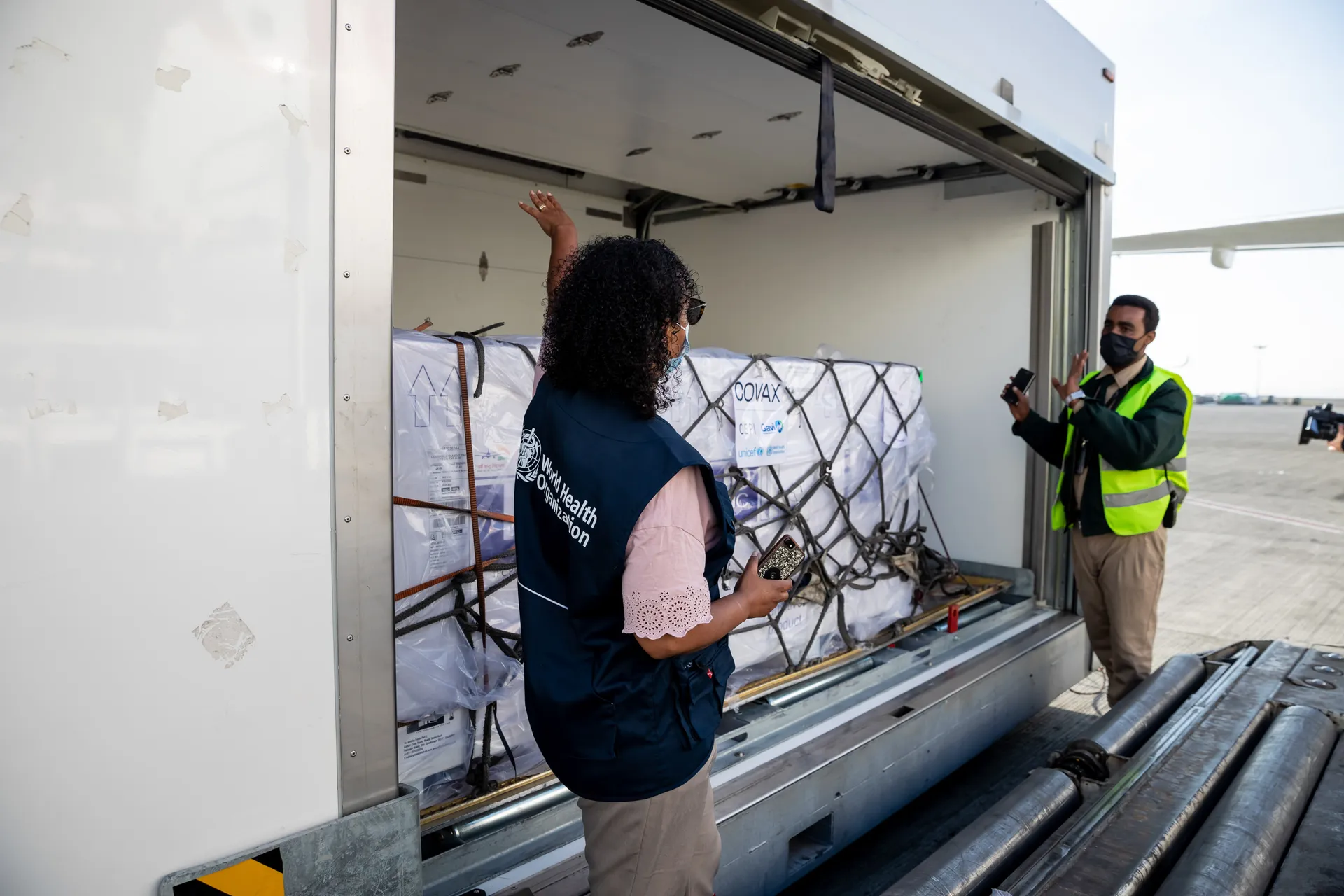
Putting it in perspective
With the majority of the world cut off from a large source of vaccine supply, an ethical crisis developed quickly. The G7 group of advanced economies launched a public call for high-income countries to donate at least 1 billion vaccines to supply the 92 low- and middle-income countries supported by the COVAX facility.
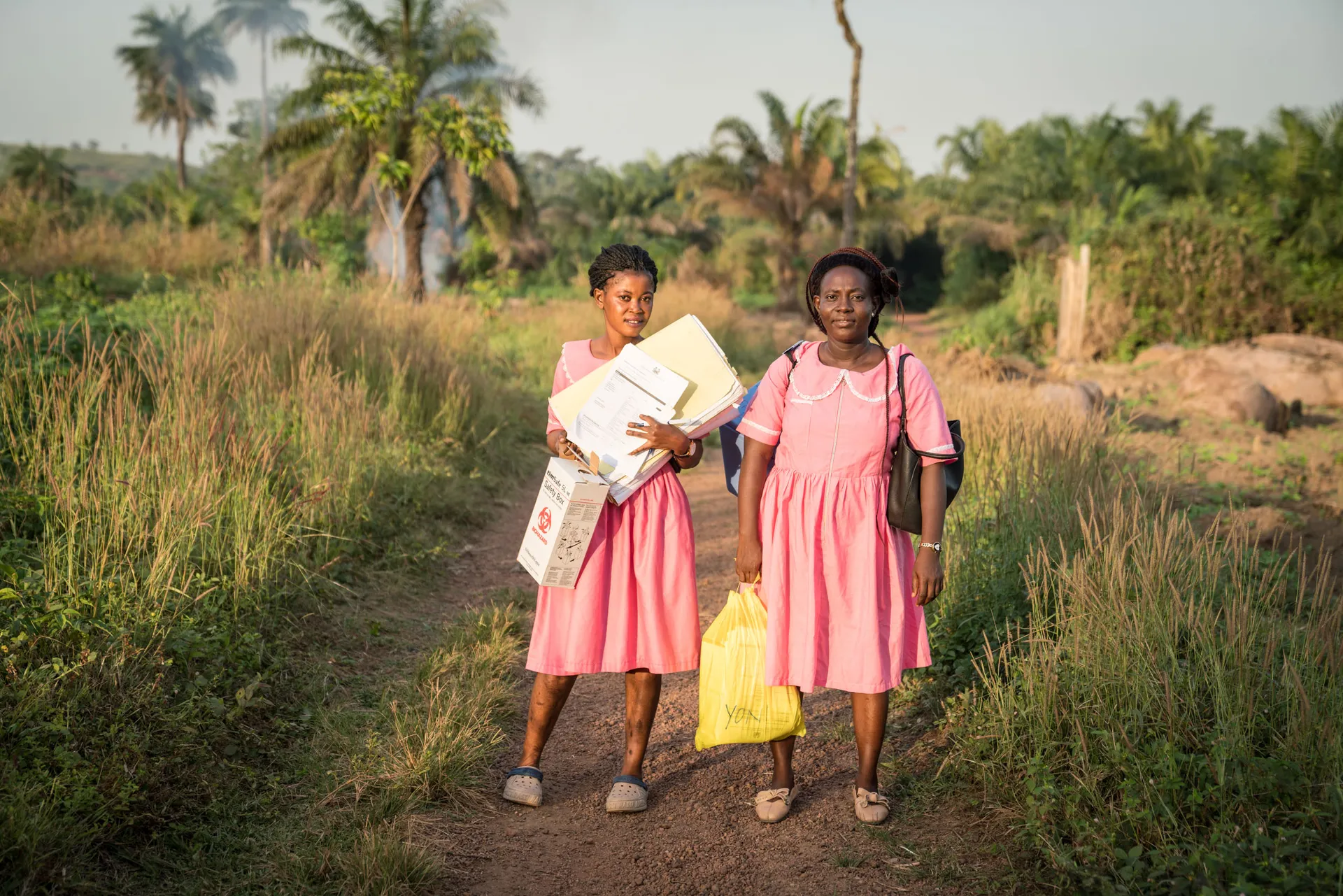
Nurse Fatmata (left) and Nurse Ramatu (right) arrive in Rofunta, Sierra Leone to conduct a mobile COVID-19 vaccination clinic
Even with abundant supply, vaccination challenges emerge
The compounding effects of supply challenges didn’t just impact lower-income countries. Vaccination efforts around the world revealed that having enough supply brought another challenge: finding a way to turn vaccines into vaccinations through proper planning and communication with communities to ensure demand for vaccines. While wealthier countries reached this point earlier, this demand challenge would soon play out all over the world – exacerbated by vaccine inequity, mistrust of governments and concerns about vaccine safety.
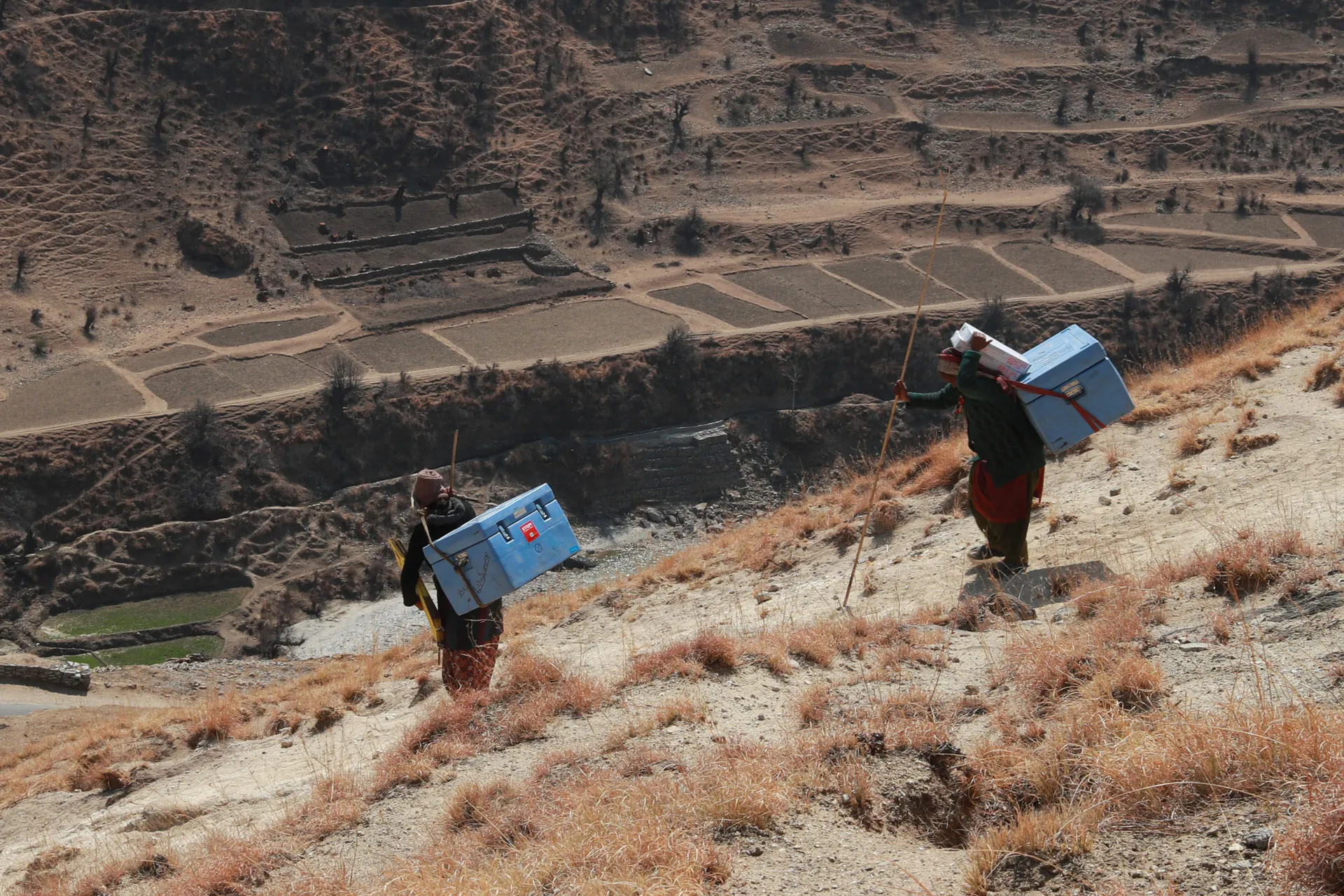
Nepal
Jumla District
29° 14' 30.936" N 82° 5' 24.948" E
Without greater clarity and transparency about countries’ needs – as well as focused, urgent and coordinated support to address them – the growing supply of vaccines won’t translate into higher vaccination rates.
Racing for vaccine readiness
Vaccines were rapidly being developed and, after careful evaluation, approved – but countries had to be ready to receive and administer them.
This vaccine readiness process was complex and involved. Countries needed to plan for distributing the vaccines. So much about the virus was unknown. The list went on, and the pressure mounted with each day’s case count. To support governments in preparing for their vaccine rollout, the COVAX Country Readiness and Delivery team (CRD) developed the COVID-19 Vaccine Introduction Readiness Assessment Tool (VIRAT), helping countries prepare for the rapid licensing, policy implications, introduction and deployment of COVID-19 vaccines.
There were many complex and intertwined steps required to ensure a country was ready for the vaccine’s arrival
Each country had to complete a mountain of tasks to receive, store and administer vaccines when they landed. With the fluidity and uncertainty of the situation, vaccine readiness became even more challenging. The COVID-19 Vaccine Introduction Readiness Tool (VIRAT) was developed as a tool for countries to assess their own readiness to introduce COVID-19 vaccines across a number of key areas. Countries used it to identify where support was needed most. Most countries used the VIRAT between October and December 2020, when many vaccine characteristics were still unknown, like storage temperature, how many doses would be needed per person, and what types of syringes were to be used. Guided by the results of the VIRAT, and as more details became available about the vaccine products themselves, countries addressed gaps identified so they could be ready when the vaccines finally arrived.
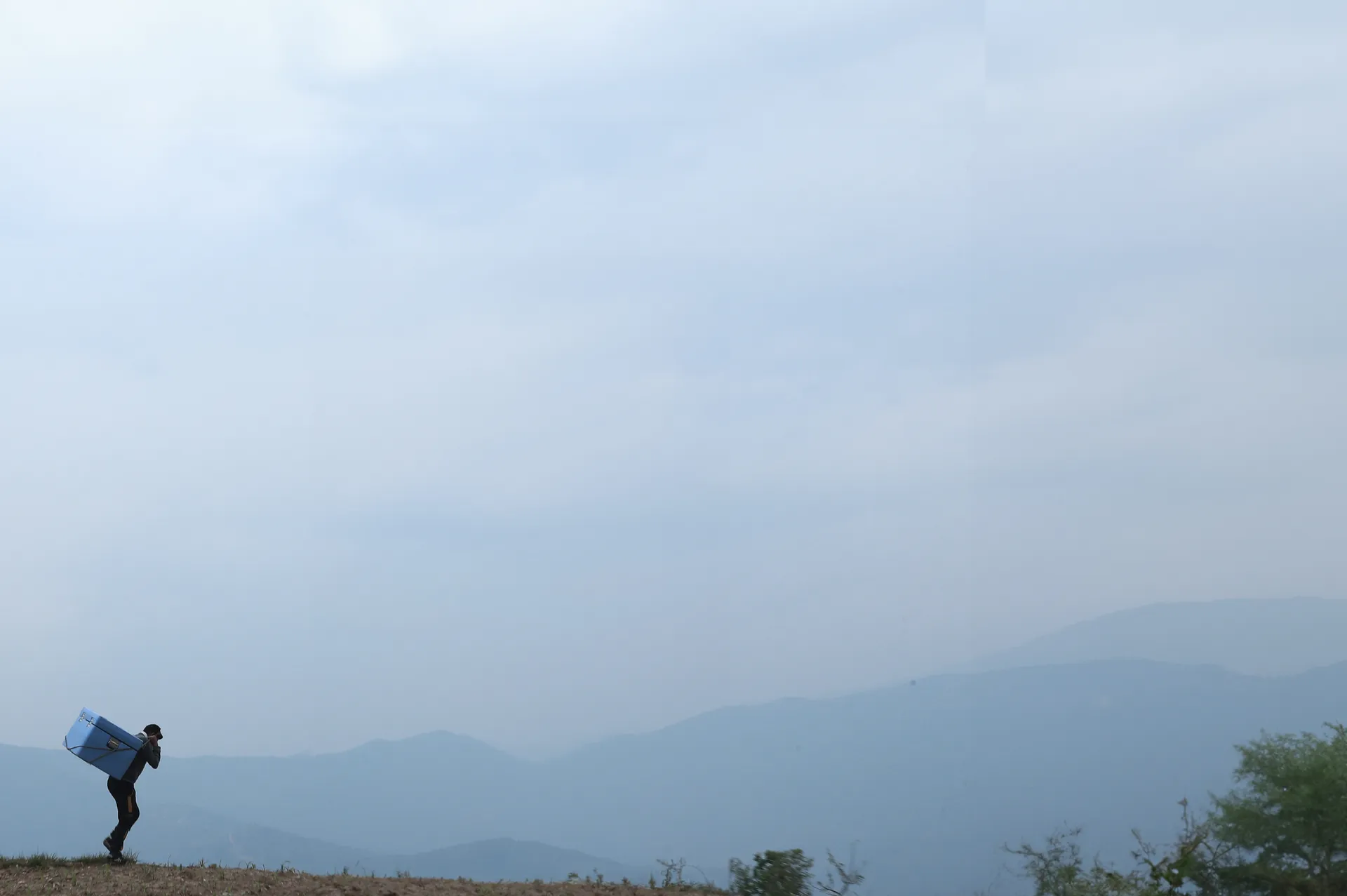
Early Snapshot of country readiness for introduction of COVID-19 vaccines
Key:
Progressing
Ready
The data presented here represents snapshots of country readiness at the points in time when countries first used the VIRAT to assess their levels of preparation prior to vaccine arrival. Data was voluntarily shared by countries with WHO on a once-off basis. As a result, it is not possible to visualize how country readiness changed over time. Compilation of voluntarily submitted country assessments at global level concluded as of 2 February 2021.
Racing in the name of humanity
Against the backdrop of the rapid spread of COVID-19, rising death tolls and worldwide lockdowns, one thing became glaringly clear: finding a way to fairly distribute vaccines was a race to save millions of lives. This meant prioritizing the most vulnerable and at-risk people, no matter their wealth or whereabouts.
